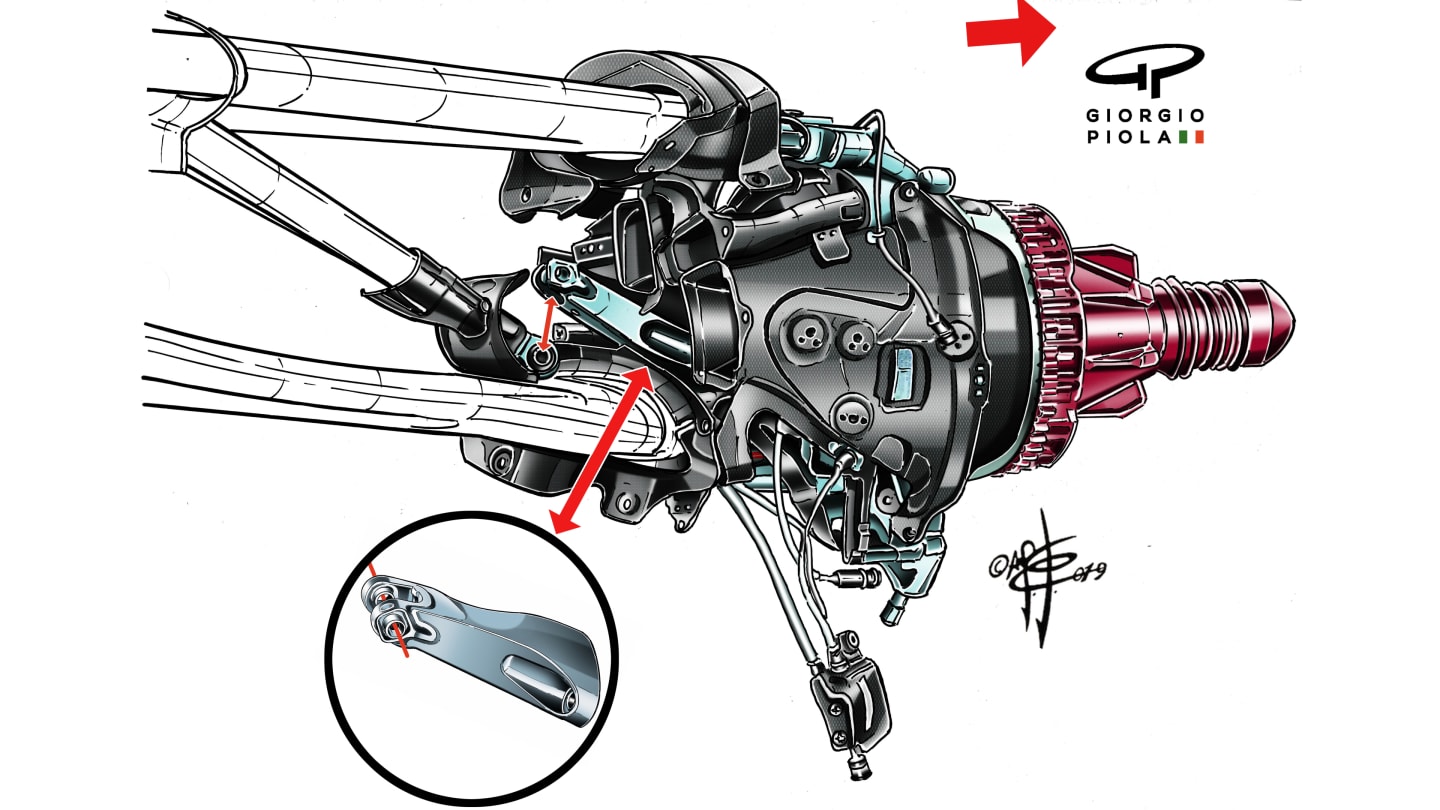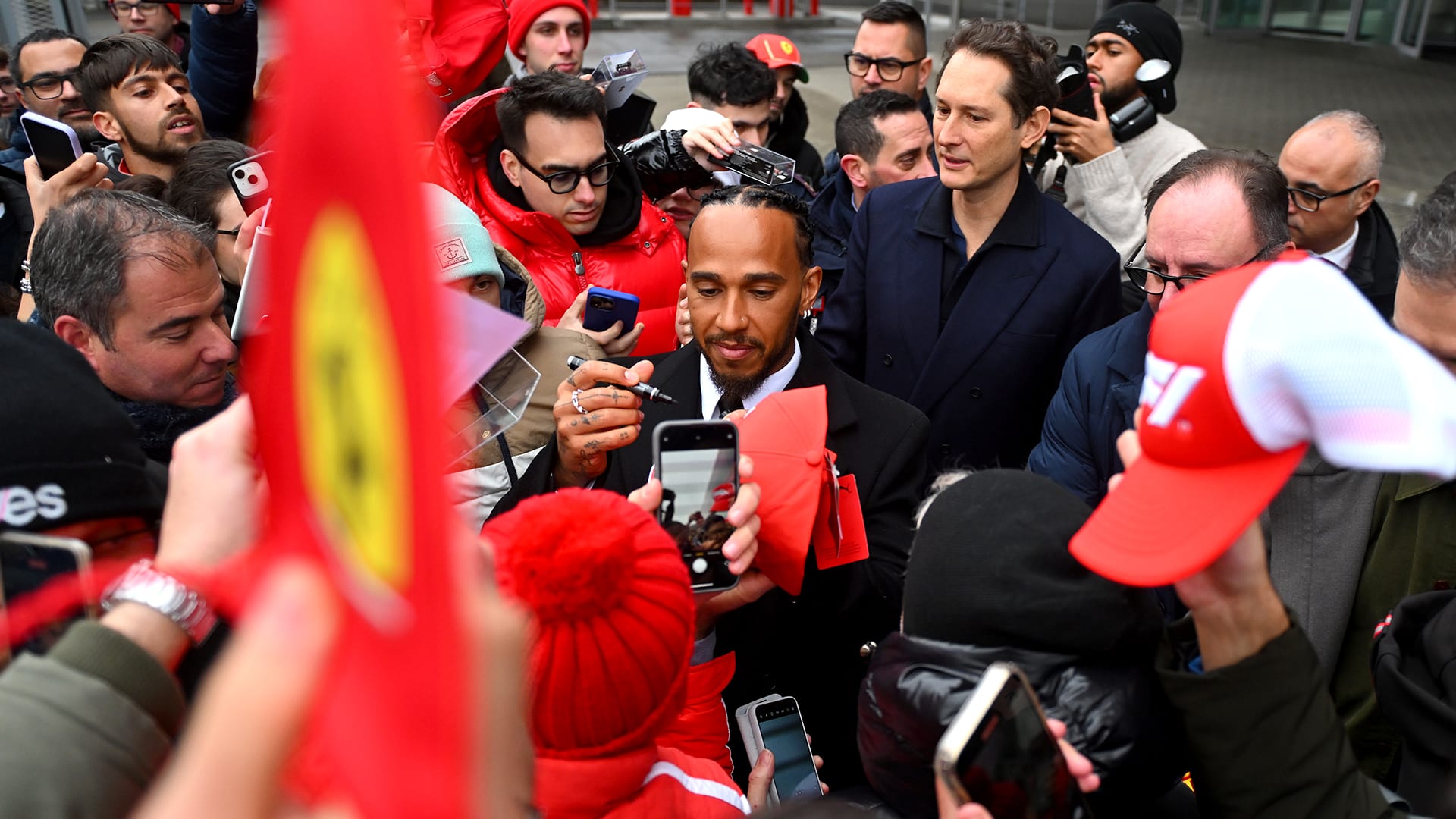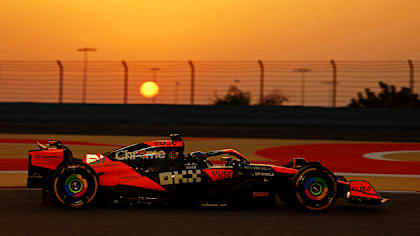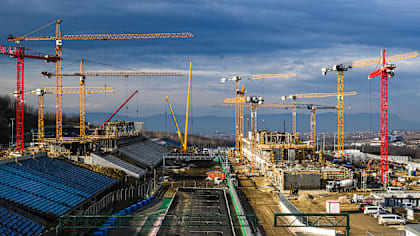Technical
TECH TUESDAY: The key factor behind the big increase in speed at Monaco revealed

Share
Qualifying in Monaco last Saturday saw 0.7s knocked off the qualifying record of 2018, this despite more restrictive aerodynamic regulations in force this season. This is not a new phenomenon in that the teams are always finding better solutions based upon experience and research. But one specific factor in this instance could well be the innovations in front suspension geometry that are allowing teams to increase the rake of the car at the sort of high steering angles required on the low-speed corners that typically induce understeer in an F1 car.
Allowing the nose to dip down when the steering is on a lot of lock will increase the downforce generated by the front wing and nose by inducing more ground effect. This is the term describing the disproportionate change in air pressure on the underside of a surface as it is brought close to the ground.
To explain: As the air is forced through a smaller aperture, so its speed increases (until it stalls), creating a bigger pressure difference between the top and bottom of the surface and therefore – in the case of an F1 car’s wing elements – more downforce.
An F1 car will typically understeer more on slow corners than quicker ones. Apart from the fact that there is less downforce acting upon the front at low speeds to help the tyres build up load as they are steered, the tyre’s contact patch is being asked to do more twisting on high lock to help turn the car.

The latest front suspension geometries cleverly oblige the car’s nose to dive relative to the suspension when a lot of steering lock is used. This induces not only a weight distribution change towards the front that helps the tyre build up load more quickly, but also induces more ground effect from the front wing and nose underside.
The drawing above shows the bracket on the Mercedes that allows it to work in this way. The drawing below shows the equivalent Ferrari bracket.

As you can see from the video at the top of the page, the more steering lock is applied, the angle of the suspension arm relative to the rest of the suspension changes, effectively levering the front of the car down.
It is believed that Ferrari introduced the feature last year, quickly followed by Red Bull. Mercedes incorporated it into the design of this year’s W10 and it’s now being used by most of the other teams too.
It’s particularly ingenious in that it allows a solution to low-speed understeer without compromising rear stability in high-speed corners.
“Every year we come back here, it gets faster,” raved eventual race winner Lewis Hamilton on Thursday. This clever suspension development helps explain why.
YOU MIGHT ALSO LIKE
News All the key pre-season dates for F1 2025
Feature From state-of-the-art facilities to Newey’s design genius – are Aston Martin on the brink of becoming F1’s next super team?
Feature LIGHTS TO FLAG: Allan McNish on working with Senna, an F1 chance that came ‘too late’ and helping Audi join the grid
News Hungaroring's redevelopment continues with ‘amazing transformation’ ahead of Hungarian Grand Prix




